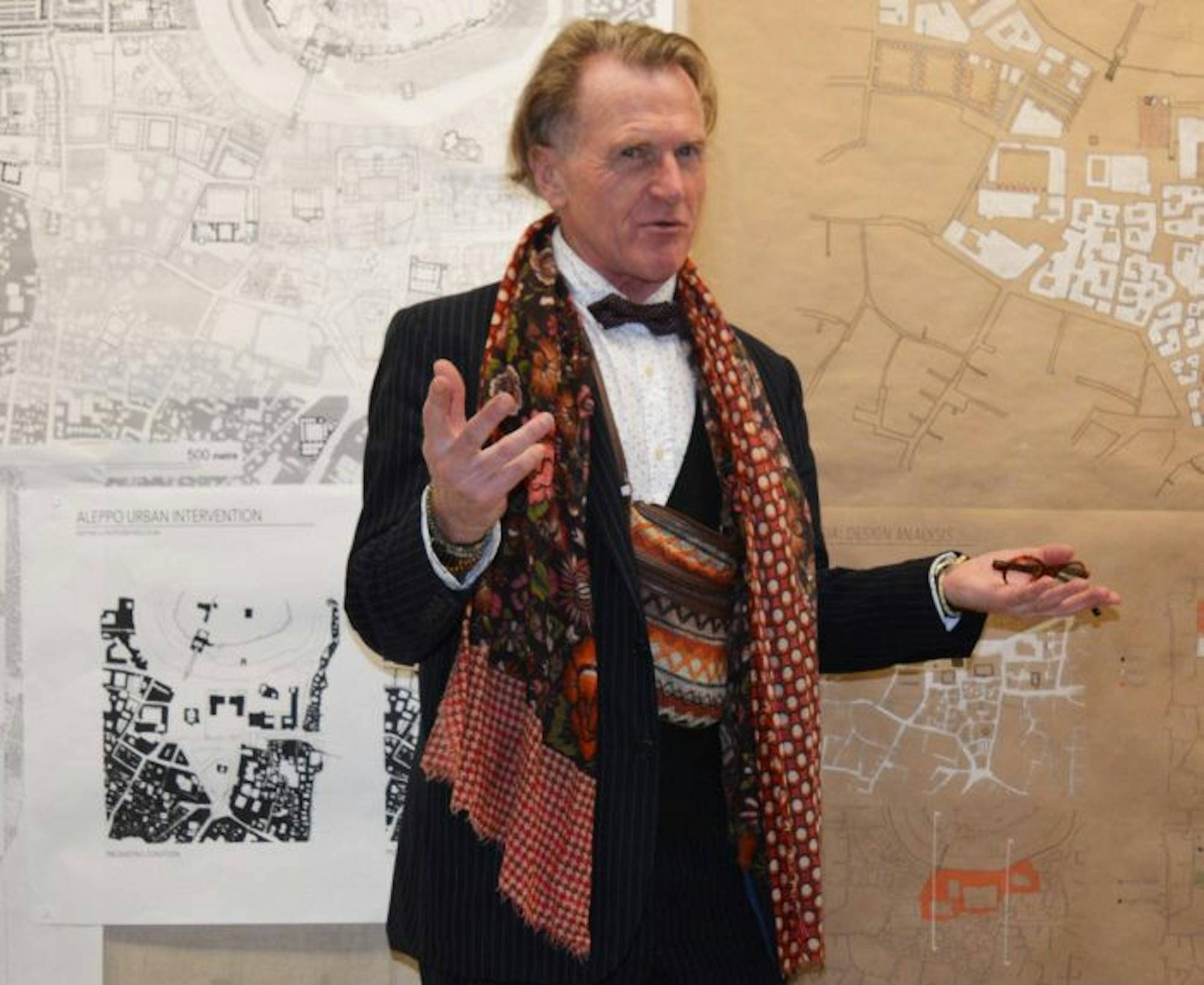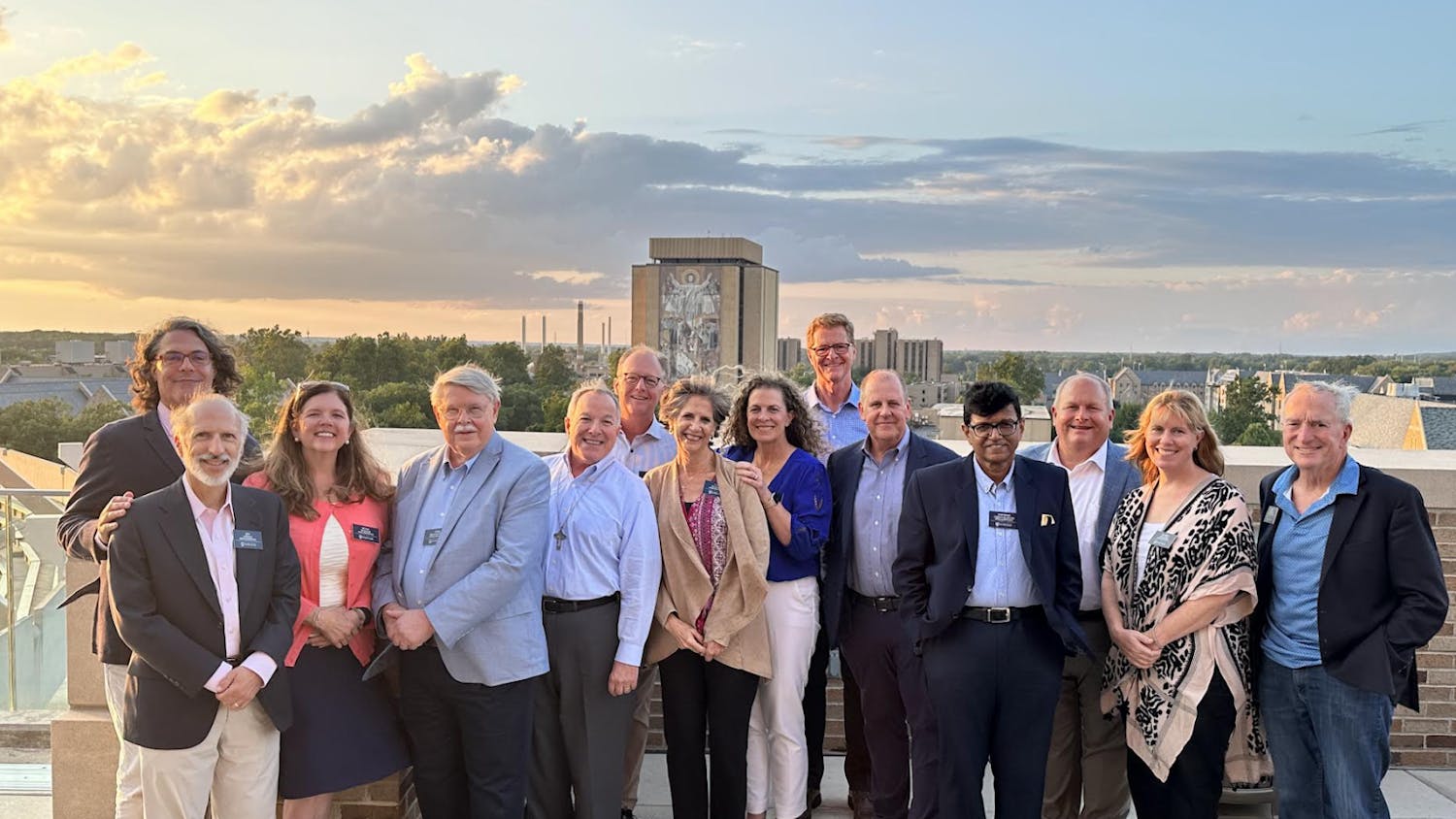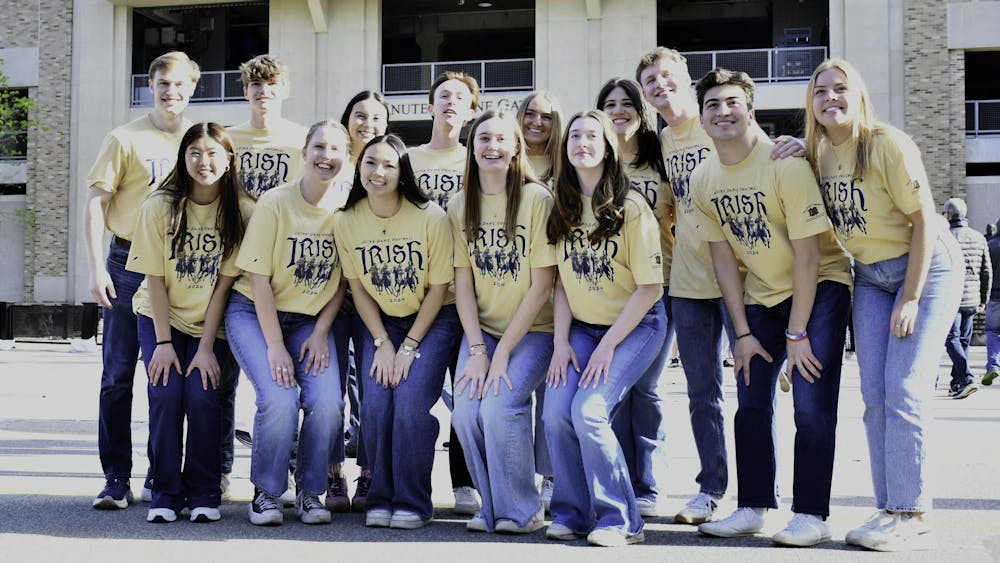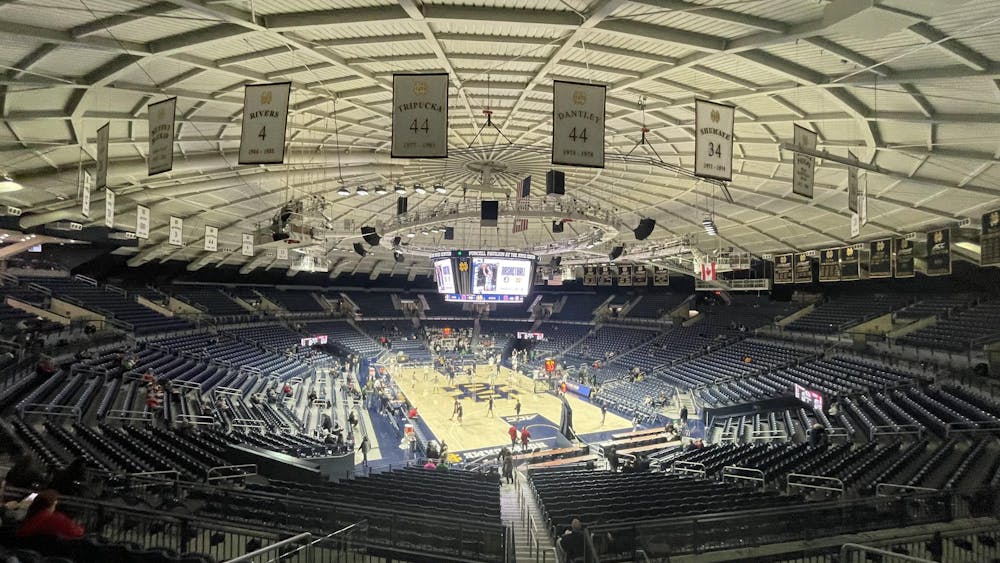As part of their design studio, nine architecture students are engaging in a semester-long project aimed towards reconstructing Aleppo, Syria, a city destroyed by years of civil war.
Associate professor of architecture Lucien Steil, who leads the project, said it aligns with the University's mission of using architecture to create a better world.
“Taking a war zone and imagining how we can rebuild it, that was really the challenge we took in this class,” Steil said. “Learning about non-Western architecture — Arabic architecture — and developing an understanding of the things that are important for different cultures.”
Before the designing began, the fourth-year students researched how other post-war cities were reconstructed to gain inspiration. Then they turned towards Arabic architecture specifically, studying the city prior to any bombings versus the city today, Steil said. They noted weather and traffic patterns, completed character studies of buildings and developed damage assessments.
“When we do projects, often we work in places we don’t know,” Steil said. “The project is an opportunity to discover a place. The students never would have known how the fabric is organized, how the buildings are structured, how public space versus private is organized, but just by engaging with the project they get more interested in learning about it.”
After splitting up in groups of three for initial planning, the class came together to develop a single master plan.
“The design we’re proposing is part new construction, part reconstruction of what’s already existing,” senior Madeleine Donohue, a student enrolled in the class, said. “It’s centered around a new square with a trade school, and from there it would become the tourism center of the city.”
The design brings a lot of life to the city by adding a large marketplace, an educational aspect with the trade school and incorporating urban landscapes, Donohue said.
With the master plan completed, each student is given a building to design further. While Donohue is designing a hotel, some of her classmates are designing the trade school, market or shops and apartments.
“The project just goes to show what a positive effect architecture and urban design can have on the world and how we live,” she said. “Aleppo is still home to so many people, and in the design we really tried to be respectful of what they need and what makes them comfortable. In the end, the goal of the project was just to design something that makes them feel at home in their city.”
Once the project is complete, Steil said he plans on proposing it for the Aga Khan Award for Architecture, an award that identifies and encourages building concepts that meet the needs of communities in which Muslims have a significant presence.
While Steil is helping students with the idea of reconstructing physically, he is also reminding them to think about how they can make the world an even better place and stronger community, he said.
“Talking about reconstruction kind of gives this signal for peace and for reconciliation,” Steil said. “You don't wait until people are reconciled. You start building so that people can live together again and have to work it out.”
By designing durable cities and adaptable buildings and using regional influences to give buildings identity, architecture can create strong communities and make the world a better place, dean of the School of Architecture, Michael Lykoudis, said.
By participating in a reconstruction project, fourth-year architecture students are given the opportunity to put this idea into practice, he said.
“Aleppo is a place of suffering and, where there's suffering, architects can heal,” Lykoudis said.













